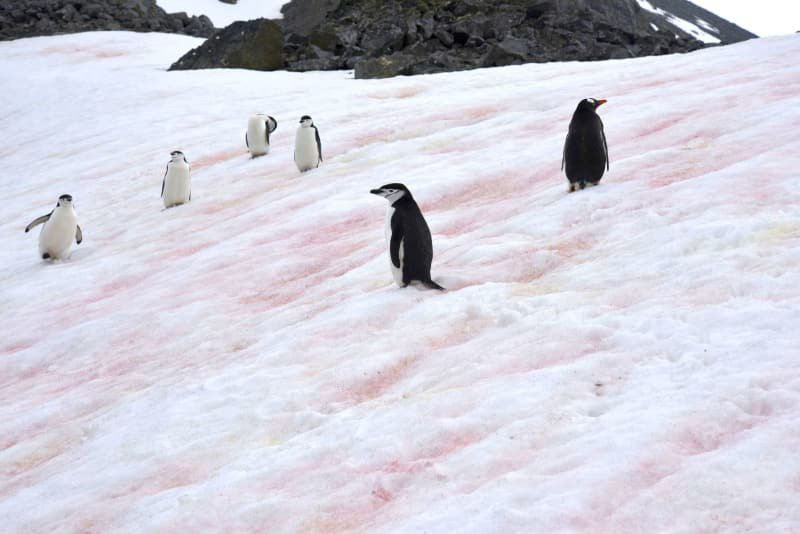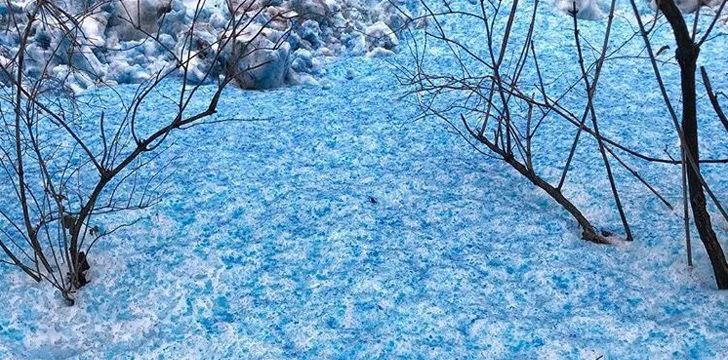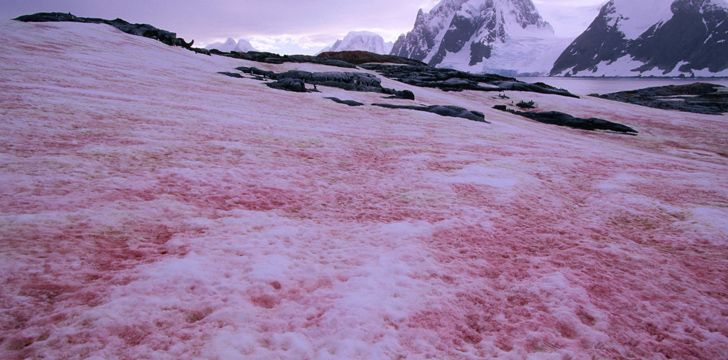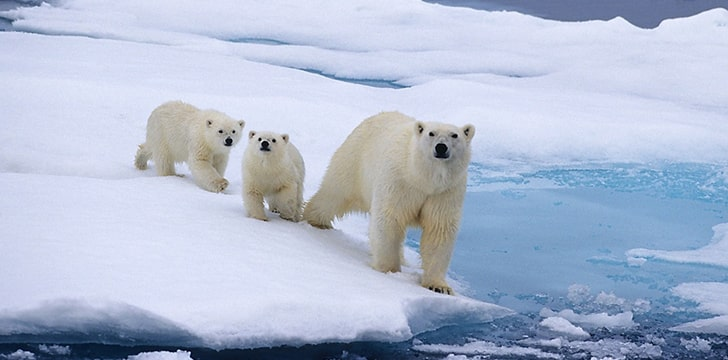Surprise With 3 Biggest Snow Myths!

Snow can make any city look like a wonderland!
Not to mention, it can provide easy hydration on the go if it’s clean.
But there’s a lot of misconceptions about snow that you probably don’t know.
Which one of these surprises you the most?
No two snowflakes are the same.
First of all, it’s a myth that no two snowflakes are the same.
In 1988, a scientist found two identical snow crystals that had both formed in a snowstorm in Wisconsin, USA.
Since then scientists have come to learn that snowflakes can only form into 35 different shapes.
Although scientists are also unsure why exactly the various shapes of snowflake form, they have identified eight predominant shapes, with each of these eight shapes having several different variations.
Snow is white.
The second biggest myth, snow isn’t white. It’s actually colorless.
Snow is made up of ice particles, and ice is translucent, which means that light does not pass through it easily, but rather it gets reflected.
This is the opposite of glass, which is transparent and immensely see-through.
When light hits a snowflake, it gets reflected back from the snowflake’s many surfaces, often bouncing between these surfaces, and because of this that light is reflected back to our eyes as the color white.
This is why up close or magnified, a snowflake always looks clear, yet in reality appears as white.
Snow always looks white.
Lastly, snow doesn’t always appear to us as the color white.
Not counting the infamous yellow snow that everyone knows never to eat, you can also get naturally blue snow or even pink snow.
Deep snow can sometimes appear blue in color because the extra layers of snow create a filter for light, which causes more red light to be absorbed by the snow than blue light, meaning that it looks blue.
Take a look at the photo from St. Petersburg in Russia.

Likewise, snow can sometimes appear pink in mountainous regions or coastal Polar Regions due to it containing cryophilic fresh-water algae that have a red pigment in them.
Take a look at the photo of some pink snow from Petermann Island in Antarctica.

Bonus Fact

As an interesting bonus fact, the fur of Polar Bears is actually made up of translucent fibers, trapping light between its many surfaces and making the Polar Bear look white.
Read more: https://topfactsite.com/surprise-with-3-biggest-snow-myths/



